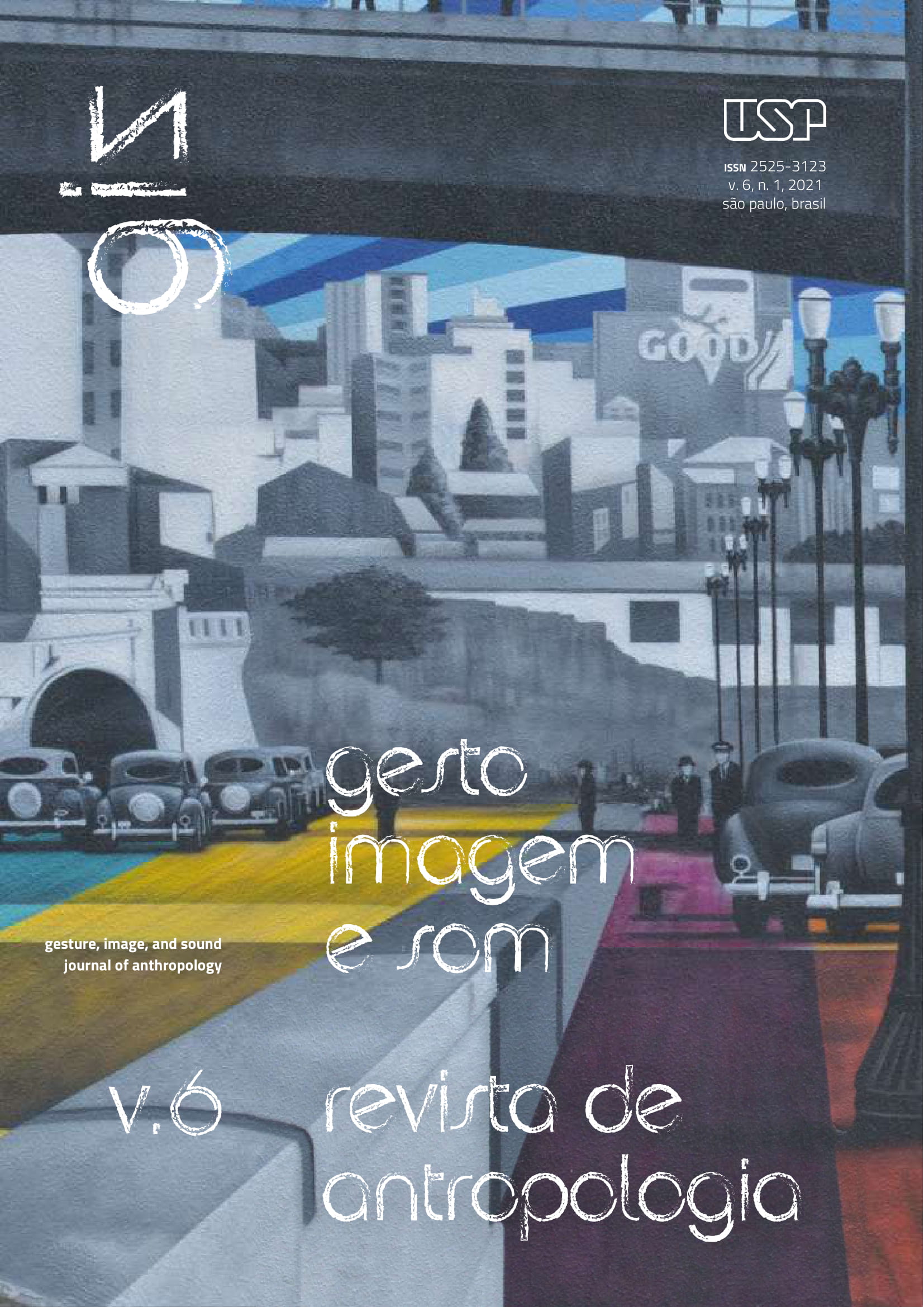The Actor-Network Theory as a tool for the social review from the film Her
DOI:
https://doi.org/10.11606/issn.2525-3123.gis.2021.181744Keywords:
Cinema, Her, Technology, Actor-Network Theory, Sociology of associationsAbstract
Technology is usually seen as impersonal and lifeless, and it loses these characteristics in the cinematographic work "Her". The film takes us to unusual lines of reasoning. This essay uses the film "Her" as a pretext to propose a look at new ways of relationships in contemporary times, ways that unite human and non-human actors for the production of a collective, in the Latourian sense, beyond society. This collective has as a social product the hybrid actor / actant, in the proposal to visualize the union in the same context of humans and technologies. Thus, I propose the use of the cinematographic work of director Spike Jonze, as an audiovisual field capable of producing in the reader an image on the proposed Latourian theme: new social, hybrid actors, mediation, collectives, interaction between human and non-human. As a theoretical basis, the essay moves through concepts extracted from the Actor-Network Theory (TAR).
Downloads
References
Bauman, Zygmunt. 1998. O mal-estar da pós-modernidade. Rio de Janeiro: Jorge Zahar Ed.
Fioruci, Wellington R. 2019. O ser, a máquina e a solidão - Her, de Spike Jonze. Revista 2i, vol. 1, nº Especial.
Latour, Bruno. 2012. Reagregando o Social: uma introdução à teoria do Ator-Rede. Bauru/Salvador: Edusc/EdUFBA,
Rifiotis, Theophilos. 2016. Etnografia no ciberespaço como “repovoamento” e explicação. Rev. bras. Ci. Soc., São Paulo, v. 31, n. 90: 85-98.
Safatle, Vladimir. 2015. Circuito dos Afetos: Corpos políticos, Desamparo, Fim do Indivíduo. São Paulo: Cosac Naify.
Santaella, Lucia; Tarcísio Cardoso. 2015. O desconcertante conceito de mediação técnica em Bruno Latour. In: Matrizes, v. 9, nº 1.
Taussig, Michael. 2010. O diabo e o fetichismo da mercadoria na América do Sul. Tradução: Priscila Santos da Costa. 1° Ed. São Paulo: Editora Unesp.
Downloads
Published
Issue
Section
License
Copyright (c) 2021 Ana Carolina Brindarolli

This work is licensed under a Creative Commons Attribution-NonCommercial-NoDerivatives 4.0 International License.
Authors who publish in this journal agree to the following terms:
a. All rights reserved for authors. Journal has right to first publication. Work is simultaneously licensed under Creative Commons Attribution License which permits sharing work with recognition of authorship and initial publication in this journal for non-commercial ends.
b. Authors are authorized to separately make additional contracts for non-exclusive distribution of version of work published in this journal (e. g. publish in institutional repository or as book chapter), with recognition of authorship and initial publication in this journal.







